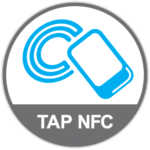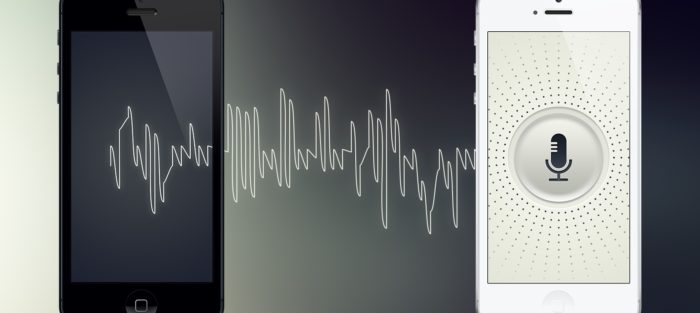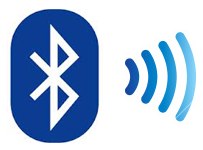Despite the fact that our gadgets are progressively interconnected, there are times when they can’t interface with the web. All things considered, you can exchange a few information starting with one gadget then onto the next utilizing shared network like Wi-Fi Direct, Bluetooth, or NFC. Be that as it may, every one of these arrangements requires some particular equipment and APIs which are not accessible. Despite what might be expected, we realize that each telephone has, by definition, a mouthpiece and a speaker. That is the reason we chose to think of an option that transmits information over sound waves.
Constraints of Audio Technology
In this approach, the huge obstacle is the data transfer capacity. Without a doubt, speakers and mouthpieces can’t manage a full range of frequencies: outside the capable of being heard range they don’t work so well. So we need to utilize a tight range, subsequently conveying a confined data transfer capacity. However, regardless of the possibility that trading large documents is out of the table, it remains a constructive approach to exchange contact information, Wi-Fi passwords or short messages altogether.
Advantages of the Technology
This arrangement offers a few advantages, however. To begin with, we don’t need to depend on any foundation, since the equipment is as of now incorporated into a considerable measure of machines (like TV’s and portable workstations) and could be integrated into others, (for example, door locks). At the end of the day, this channel works instantly for cell phones, however, can likewise be efficiently stretched out to an entire scope of savvy items.
Another interesting point is that sound engenders in an omnidirectional manner, making it ideal for broadcasting (achieving various beneficiaries without a moment’s delay). Which likewise implies that there is no requirement for matching: the beneficiary does not have to make itself known to the sender before beginning a correspondence (dissimilar to Bluetooth). So an exchange would just require one activity from the originator (starting to communicate) and one action for the recipient (beginning tuning into all communicates).
Best in Class Remittance
 Other individuals as of now investigated information exchange over sound waves, and a few executions are as of now accessible like Chirp.io and Yamaha’s Infosound (in Japanese). So we should observe the decisions they made: chirp.io utilizes a fledgling tweeting sound: while this runs well with the subject of the application, using the entire capacity of being heard range keeps some interesting use. For instance, utilizing ultrasonic frequencies, one could install the information in a melody or the soundtrack of a film without influencing the flag seen by an individual. That is most likely why Infosound chose just to utilize the high range, and that is the decision we made. Specifically, we’re just using the 18.5kHz-20.9kHz range. Both Chirp.io and Infosound require some system availability: they don’t straightforwardly transmit the entire information, yet just a URL, which at that point needs a web association with download the first information. AudioModem adopts an alternate strategy and explicitly exchanges the information without depending on any outer availability (along these lines it’ll work in the tram or in that bar where you never get any system).
Other individuals as of now investigated information exchange over sound waves, and a few executions are as of now accessible like Chirp.io and Yamaha’s Infosound (in Japanese). So we should observe the decisions they made: chirp.io utilizes a fledgling tweeting sound: while this runs well with the subject of the application, using the entire capacity of being heard range keeps some interesting use. For instance, utilizing ultrasonic frequencies, one could install the information in a melody or the soundtrack of a film without influencing the flag seen by an individual. That is most likely why Infosound chose just to utilize the high range, and that is the decision we made. Specifically, we’re just using the 18.5kHz-20.9kHz range. Both Chirp.io and Infosound require some system availability: they don’t straightforwardly transmit the entire information, yet just a URL, which at that point needs a web association with download the first information. AudioModem adopts an alternate strategy and explicitly exchanges the information without depending on any outer availability (along these lines it’ll work in the tram or in that bar where you never get any system).
Choices for Modulation
When settling on a recurrence extension, they expected to figure out how to encode arbitrary information in (indistinct) sound waves. The technique to do that is called adjustment (correctly what your modem was doing in the 90’s, however utilizing ultrasonic frequencies). The essential thought is to encode the information bits in the sound waves by differing a portion of the properties of the transporter wave (abundance, recurrence, stage, or any blend of those): – Modulation for Amplitude: it is less demanding to update adjustment and demodulation (and operations are speedier), however this technique is truly delicate to aggravations amid the transmission (foundation, distortion, etc.) – Recurrence tweak: this strategy utilizes a bigger data transmission, which is tricky for us, since it makes it hard to confine ourselves to quiet frequencies that can be transmitted and gotten by fundamental speakers and amplifiers – Stage balance: this balance is stronger than the other to unsettling influences. In any case, most plans require a cognizant beneficiary, which is more confounded to actualize.











Comments are closed.